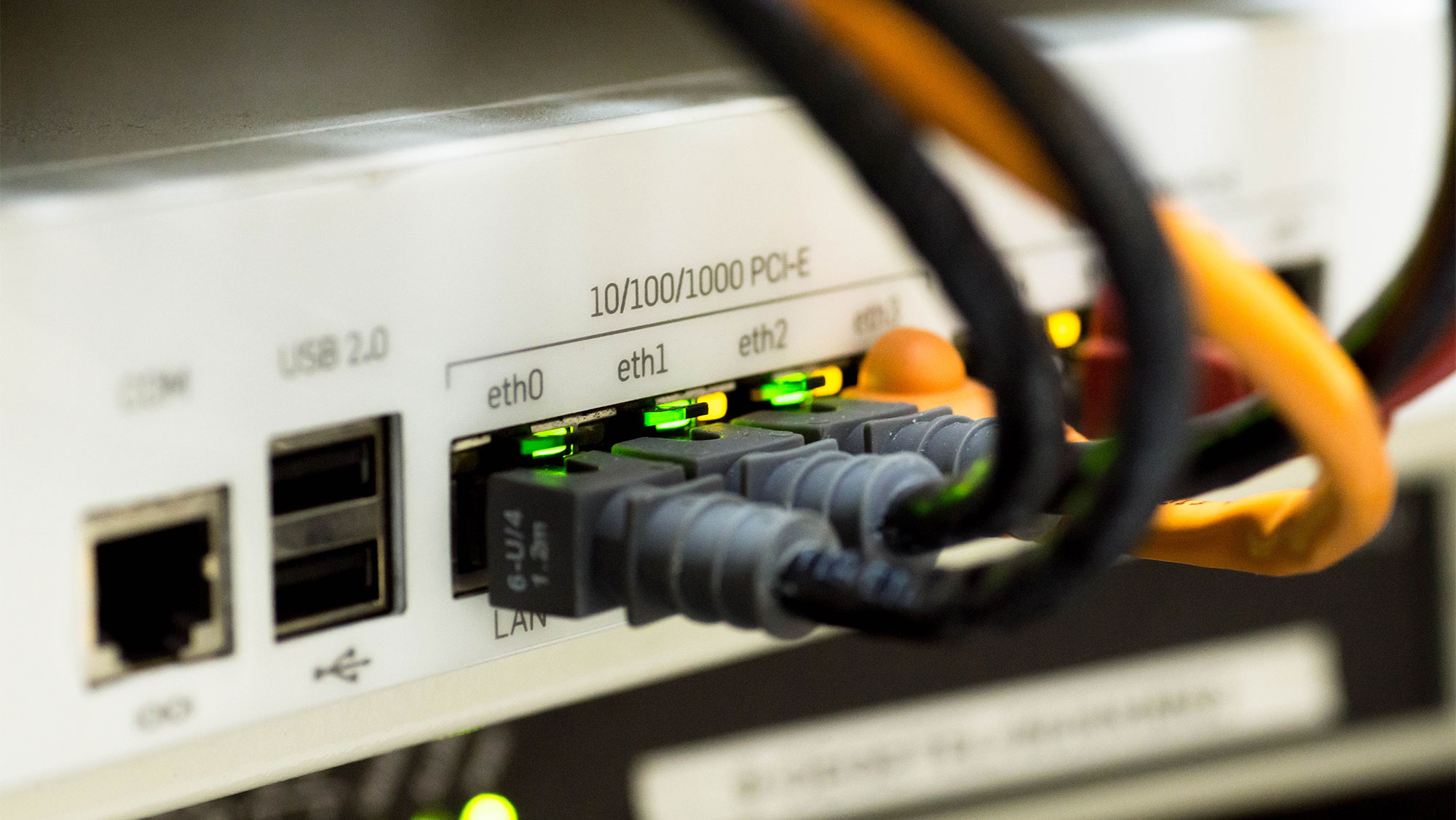The next generation of wireless networking has to work better than the one we have now, and to at least ensure that’s possible, some of the powerhouses of networking are collaborating.
Faster than a speeding bullet and stronger than a locomotive(‘s WiFi), the next generation of wireless networking has the attention of something meant to be “super”, as the adjective is applied to a concept designed to spread across the world in the attempt to get networking, well, working better.
This week, Microsoft has announced that it will be partnering with D-Link to work on a new 802.11 wireless networking protocol, called 802.11af.
Different from the gigabit-friendly 802.11ac we’ve all been served for the past couple of years and longer reaching than the upcoming 802.11ad technology Netgear is releasing on one router, 802.11af works in the bandwidth previous occupied by white space in analogue television, the snow or fuzz that we used to switch onto when reception was hard to find.
In theory, using this part of the spectrum will make it possible to spread wireless data communications over a long distance, possibly as far as one kilometre before another wireless access point or bouncer is used, making it more super and leading to the moniker “Super WiFi”.
“D-Link sees ourselves at the very heart of this kind of technical innovation and development,” said Graeme Reardon, Managing Director of D-Link in Australia and New Zealand, adding that “we also acknowledge that we have a role to play in helping all countries and future generations better connect.
“Our goal is to use all of our 30 years experience and expertise and our global footprint to help deliver Super Wi-Fi as a technological platform for growth to the worlds underdeveloped regions,” he said.
Working alongside D-Link on this concept, Microsoft’s efforts will be concentrated in a test occurring in a U state, with three other countries possibly be being used later on, with years of research and development in the technology already existing at this point in time.
“Microsoft’s current mission is to empower every person and every organisation on the planet to achieve more,” said Paul Garnett, Director of Affordable Access Initiatives at Microsoft.
“For that reason, Microsoft is working with public and private sector partners around the world to develop technologies and business models that will make it easier for billions more people to affordably get online. In furtherance of these goals, Microsoft is excited to be working with D-Link on developing Super Wi-Fi technologies and an ecosystem leveraging lower-frequency TV white spaces.”
So how long will it be until your WiFi stretches out over a kilometre of access?
Well, the bad news is that it probably won’t be coming to a home near you this year, with this technology still in research, and likely to be there for quite some time. In fact, even if it does get out of R&D in the next couple of years, you’ll still need to see it rolled out to supported devices, with phones, tablets, computers, and more needing a chip capable of latching onto the 802.11af Super WiFi spectrum.
That won’t come for quite a while, which should give 802.11ad a bit of time to permeate the market and make a dent. Still, it’s something to look forward to.






